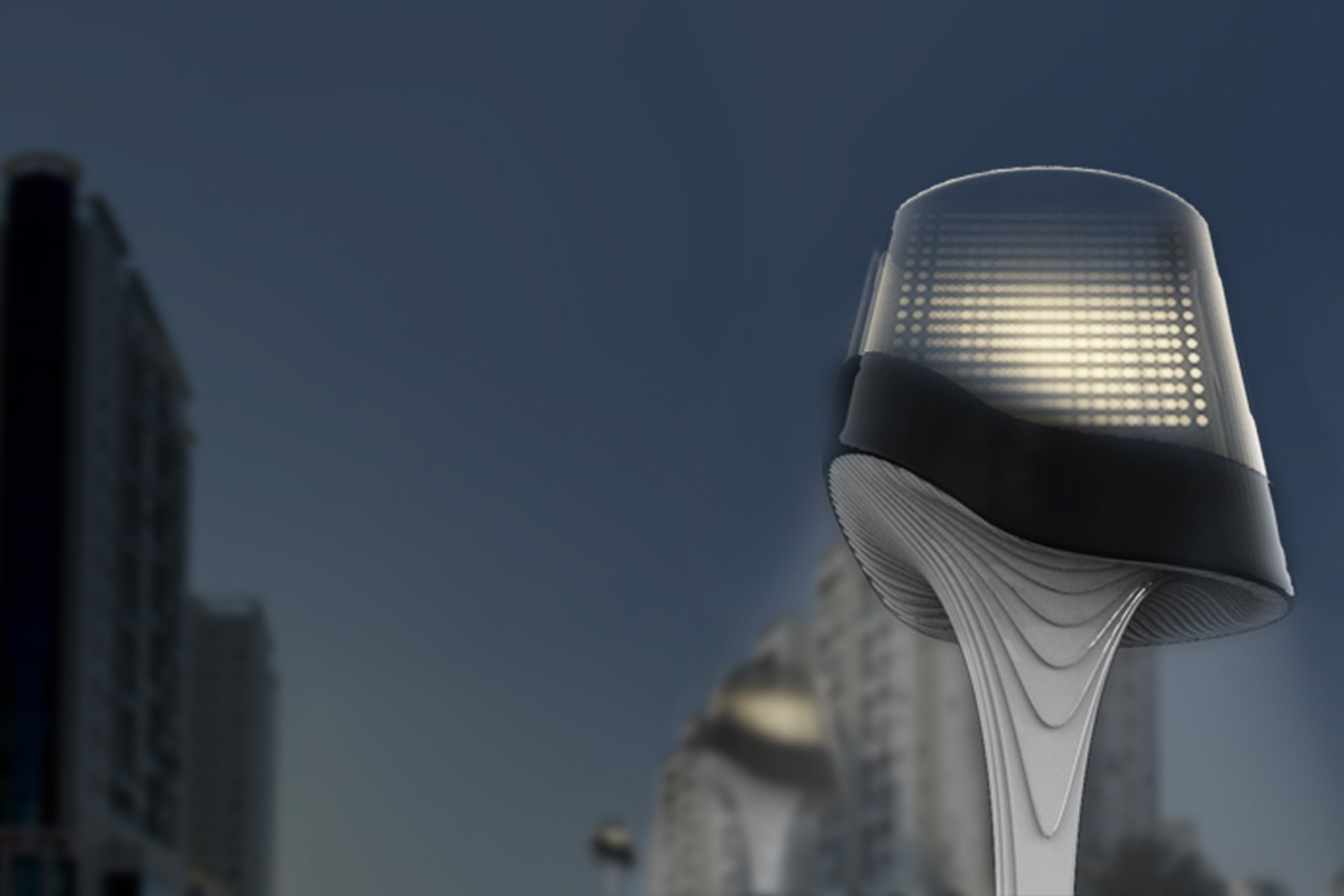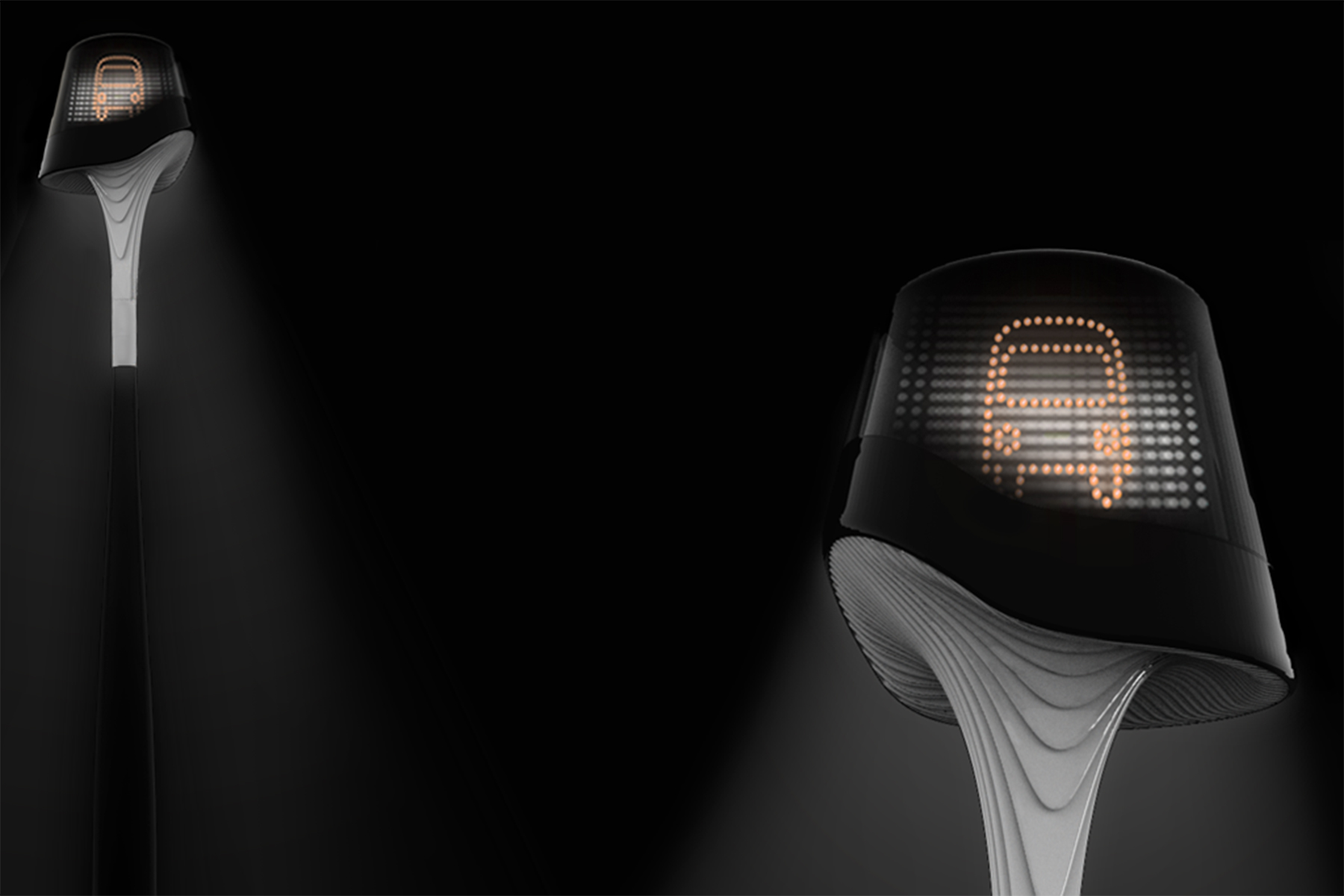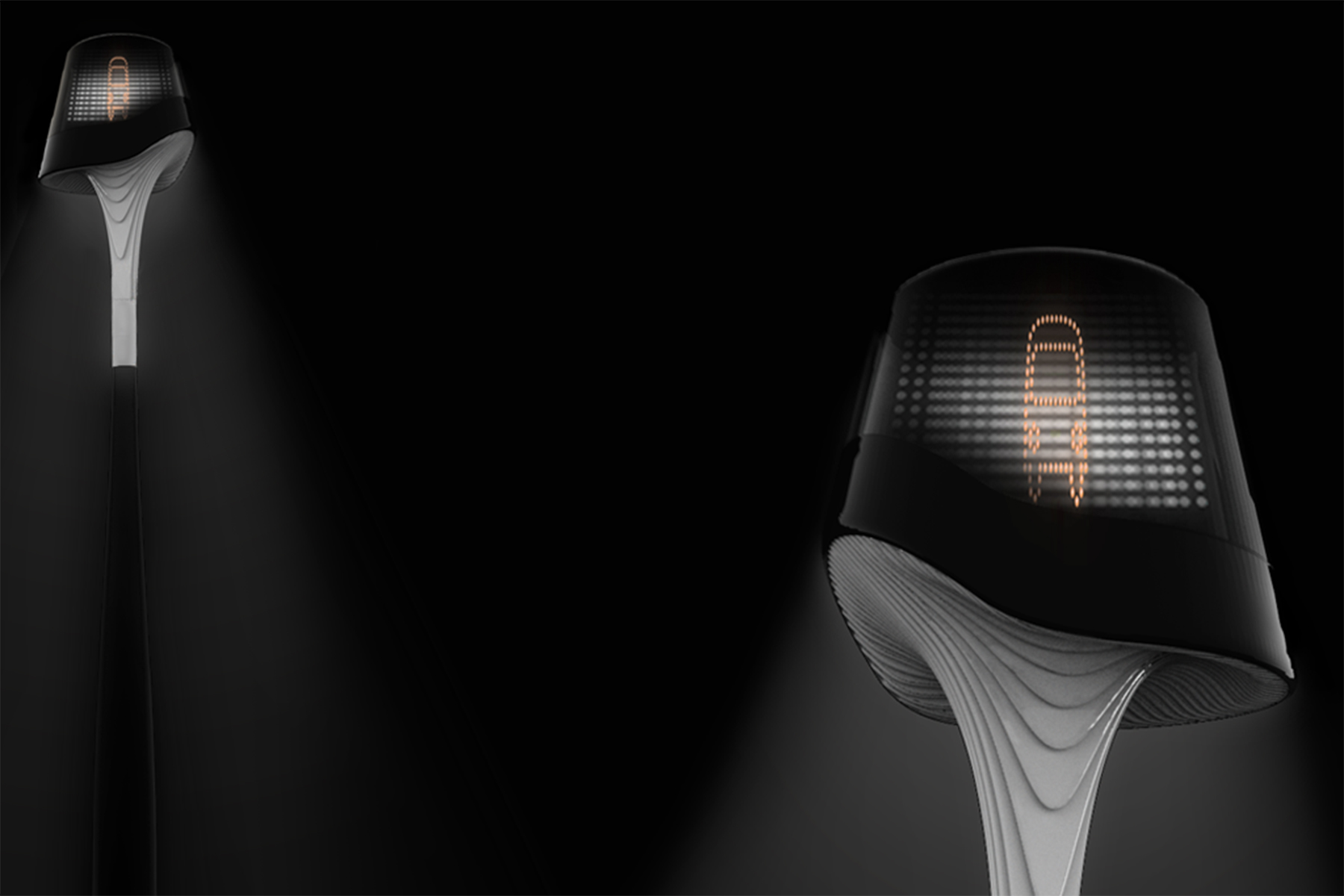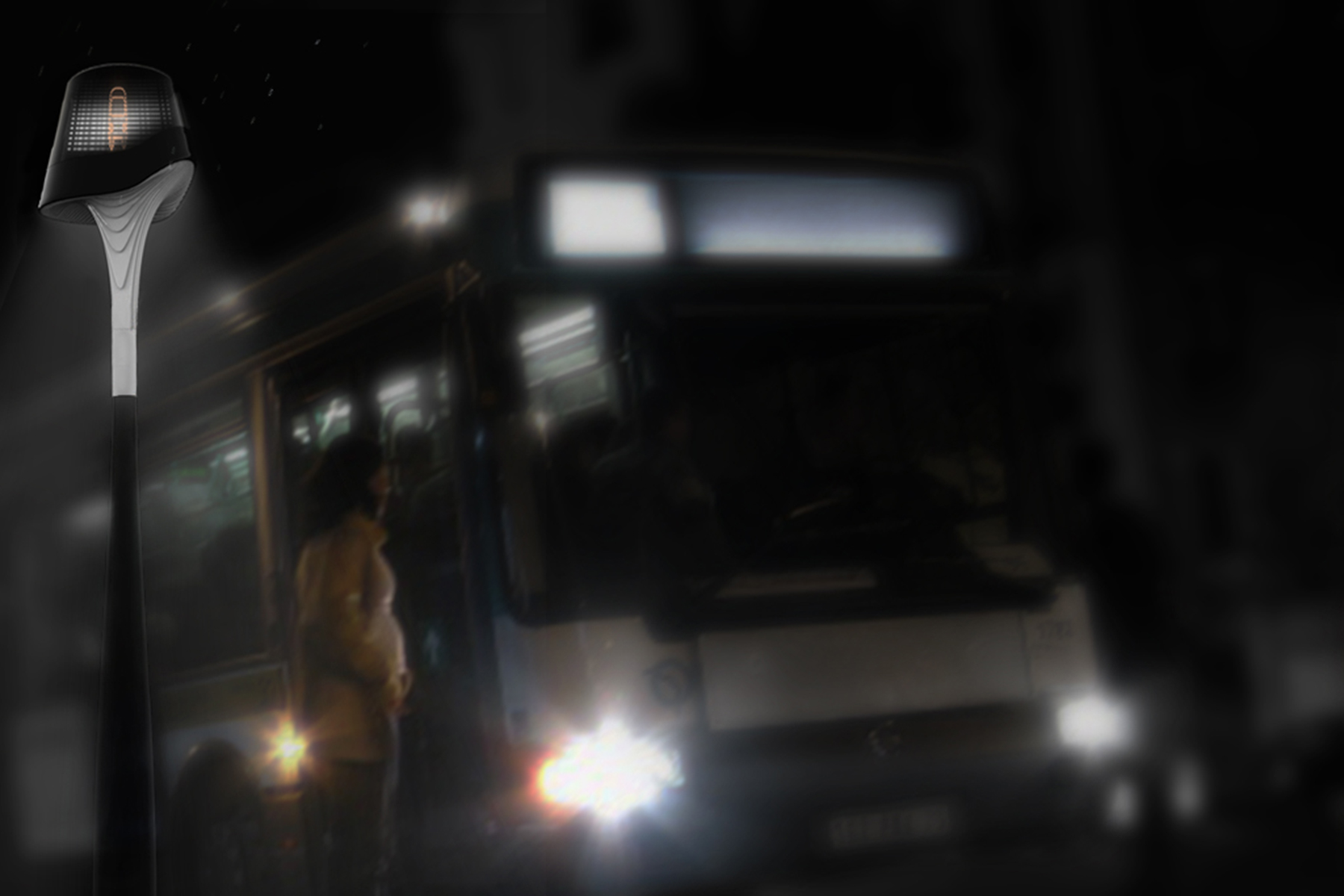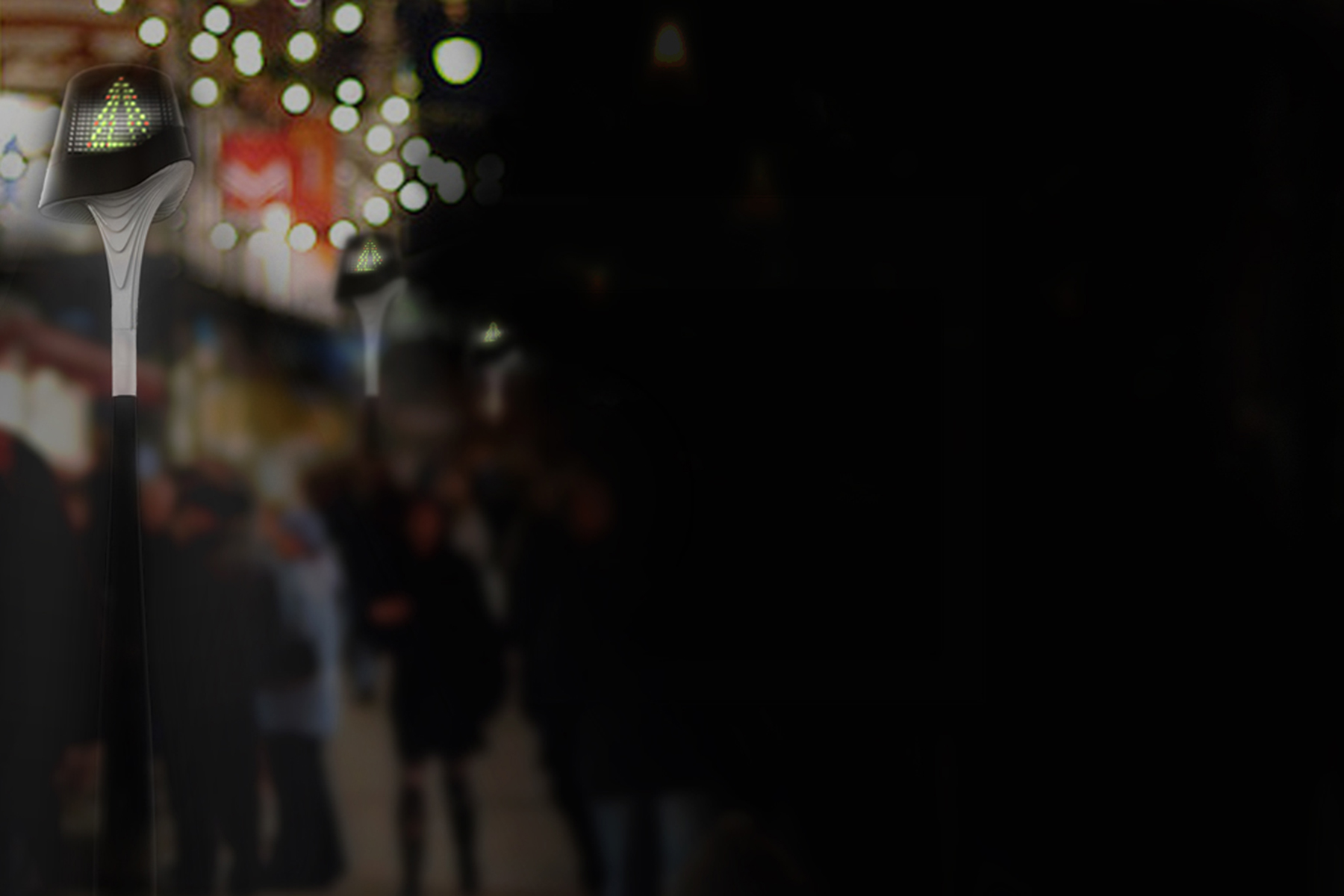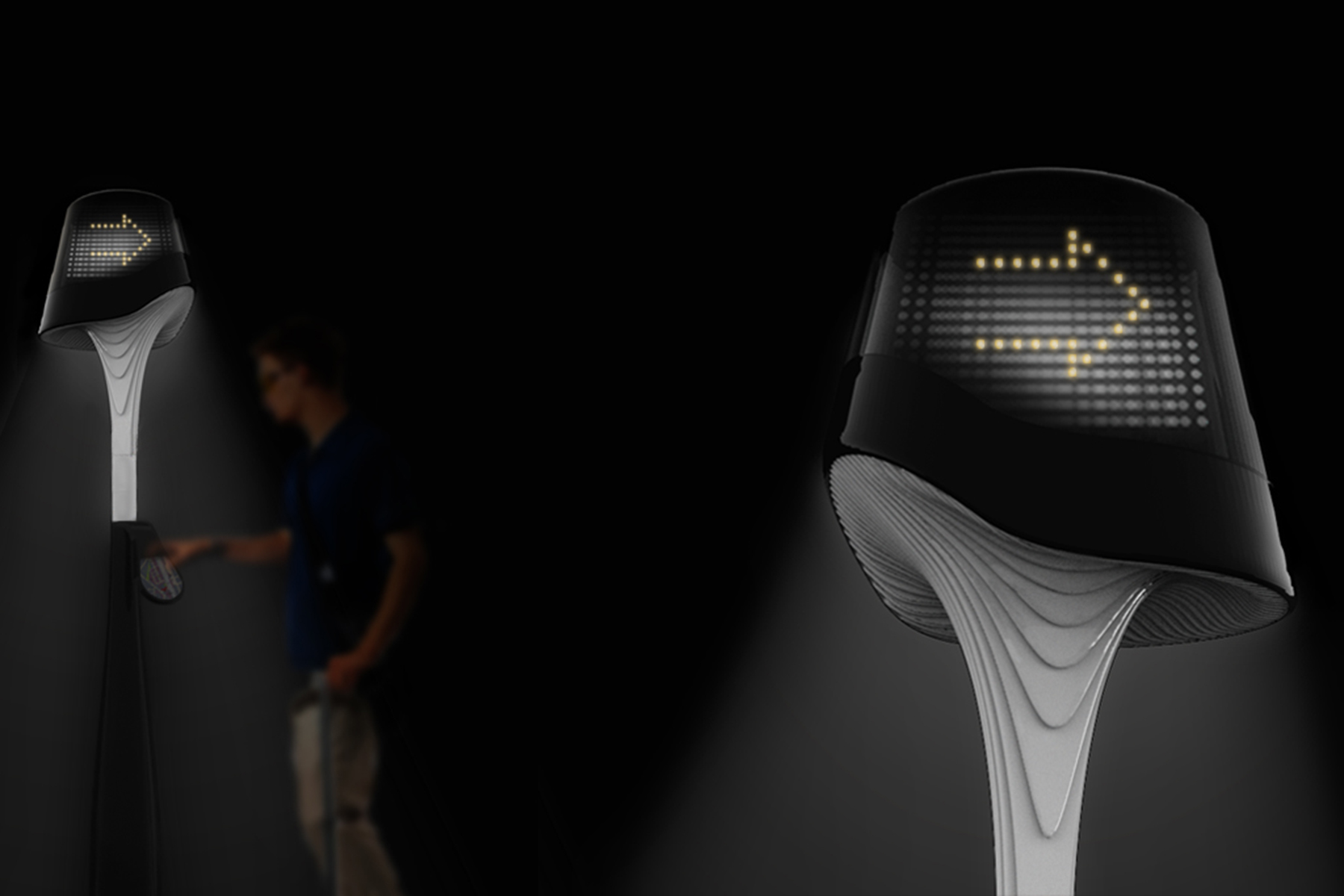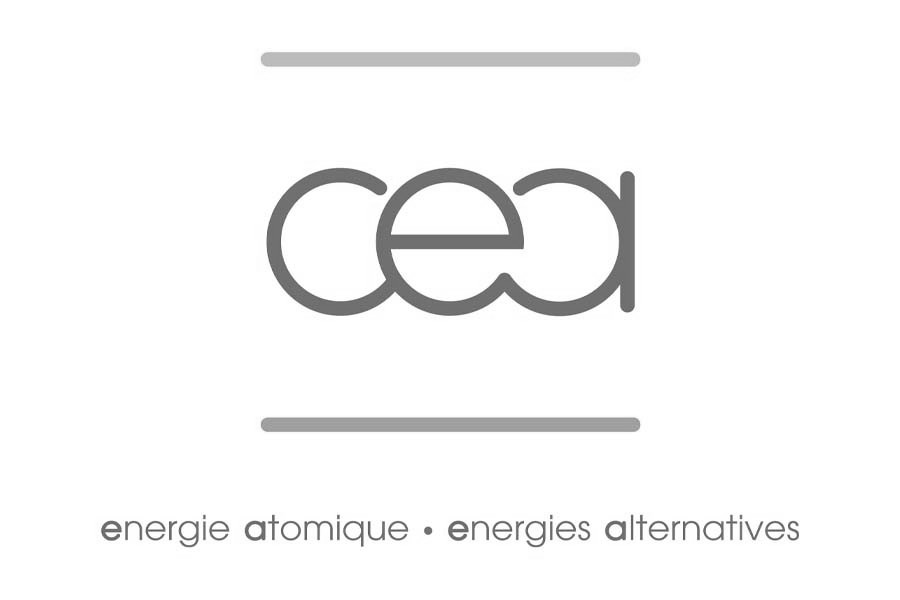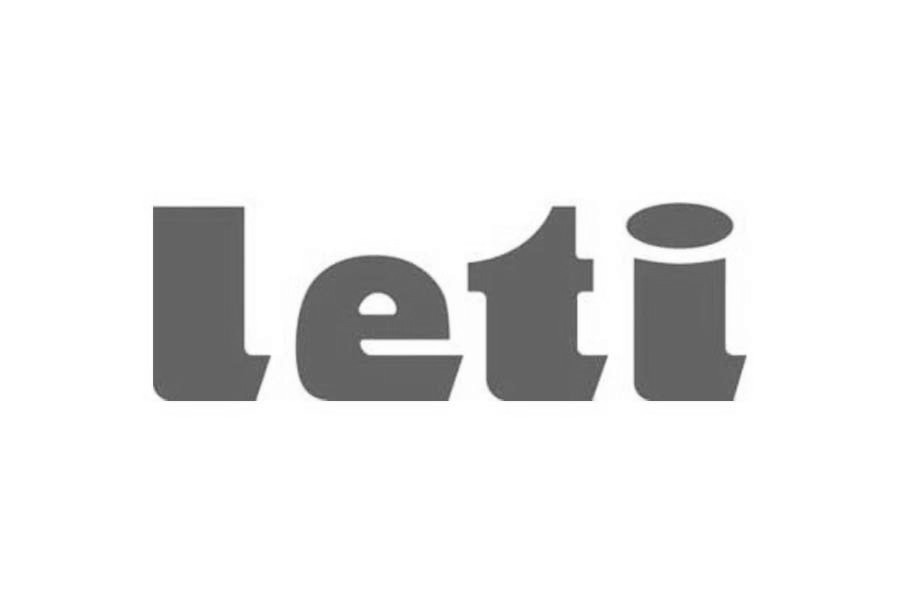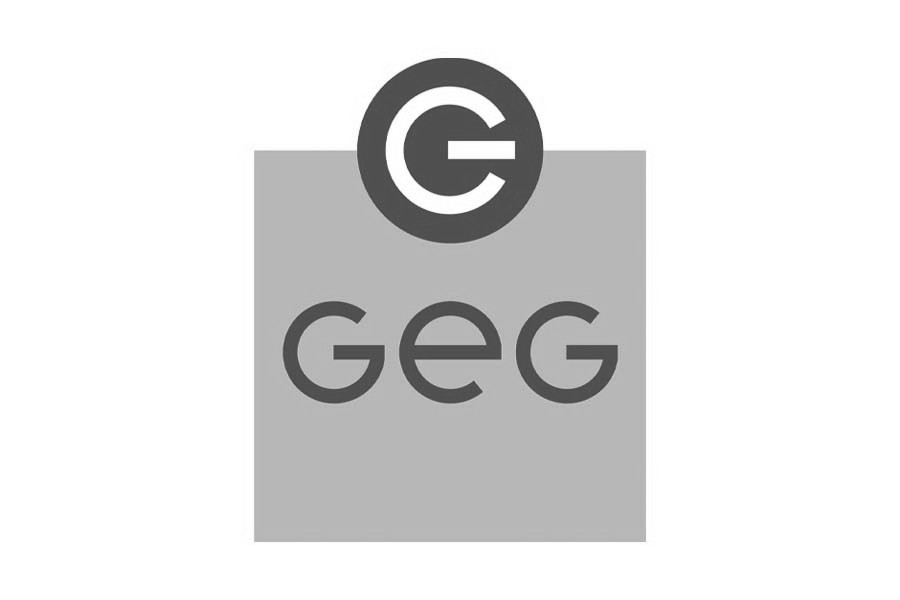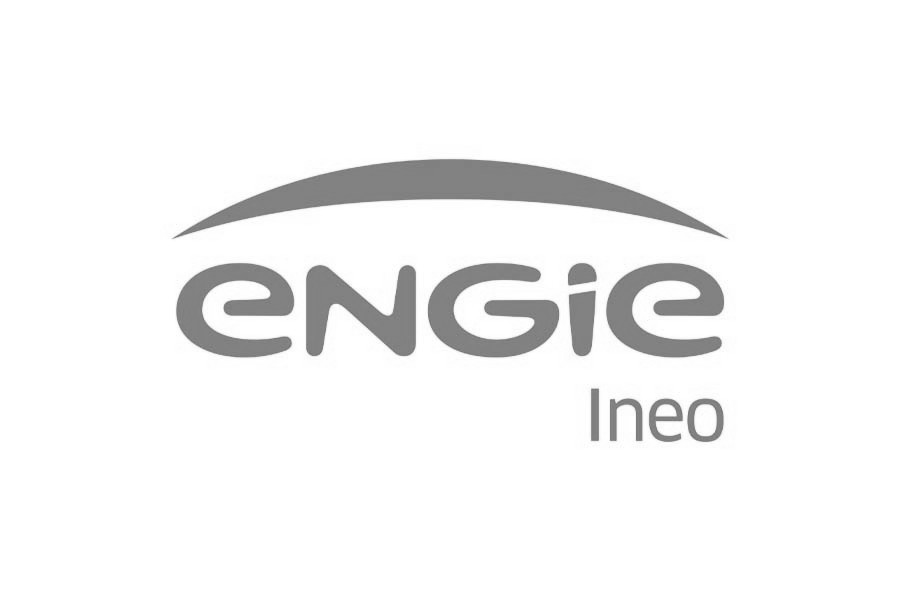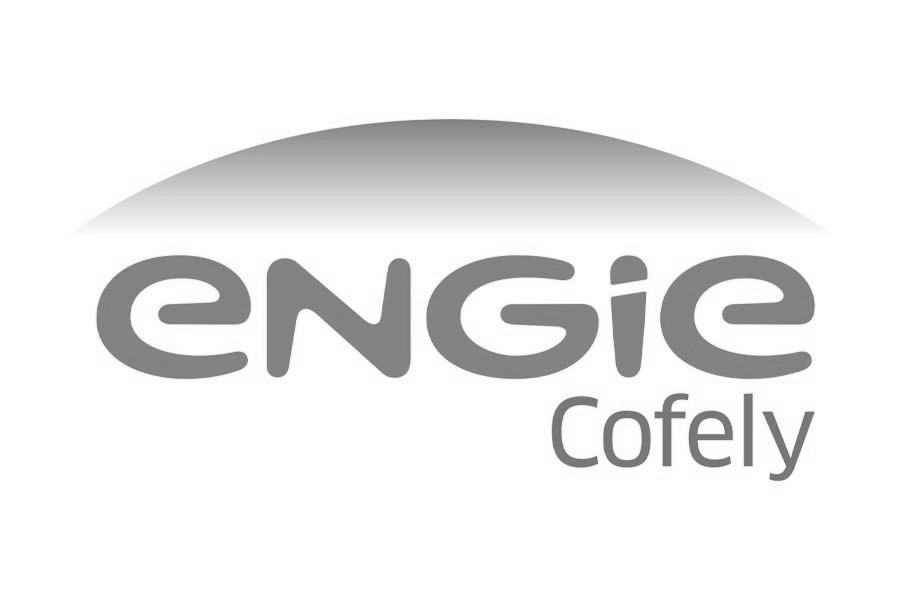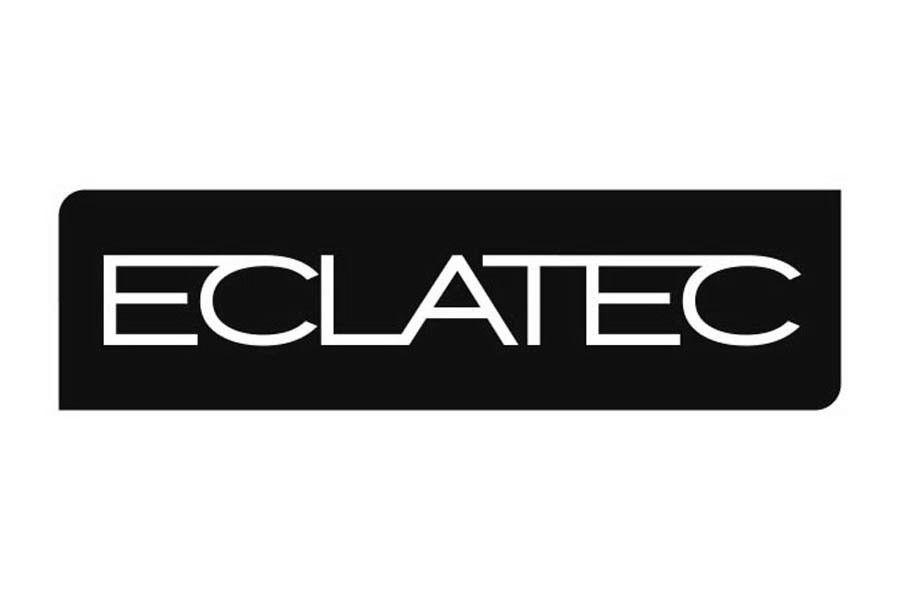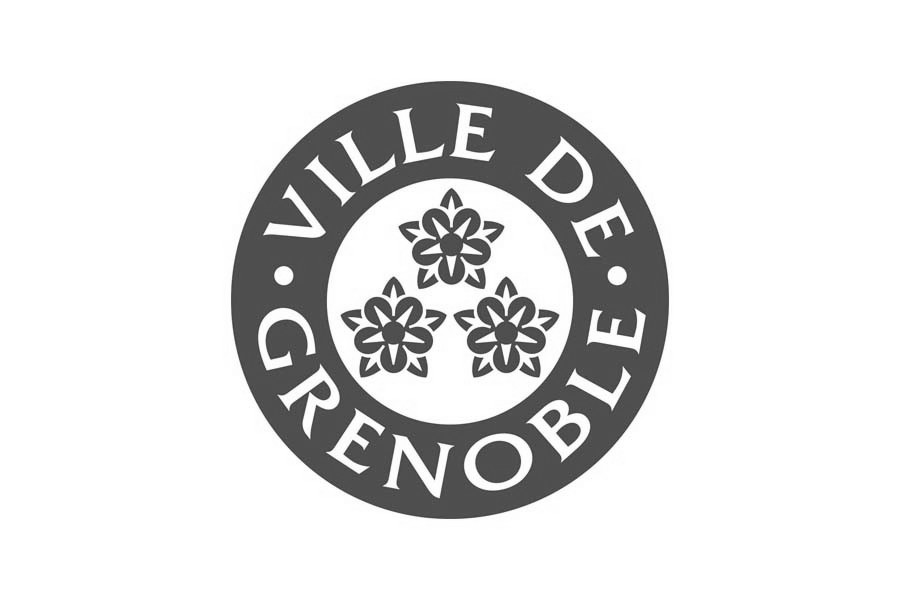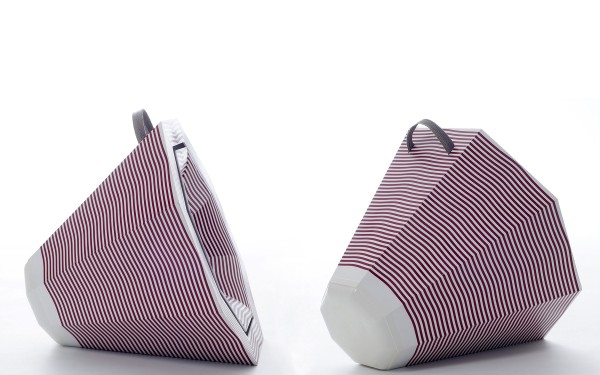Urban lighting systems are traditionally equipped with halogen incandescent bulbs. Their energy consumption and the cost of regular maintenance make them very expensive. These bulbs are gradually being replaced by light-emitting diode (LED) lighting systems. These offer significant energy savings and require very little maintenance. What's more, the new use of this constantly evolving technology is prompting us to rethink the very function of lighting systems in towns and cities.
Thanks to the use of LED technologies developed by CEA LETI and a multidisciplinary approach combining design, science and engineering, designer Guillian Graves has developed a new urban device with multiple functions: Compass.
Compass is an intelligent system combining lighting, information and orientation in the city. To bring these functions together in a single device, Compass uses a special assembly of LEDs woven in three dimensions.
By multiplying the light sources, it provides efficient lighting with minimum energy consumption. The colour and intensity of the LEDs can be programmed. Compass can therefore provide warm, cool or coloured light to suit different locations and moods. It allows cities to assign new identities to their neighbourhoods. The three-dimensional arrangement of the LEDs also enables it to produce fixed or animated luminous pictograms. Compass enables cities to indicate service areas for users (car parks, bus stops, underground stations), to display animated decorations and motifs during special events, or to interact with pedestrians.
This LED matrix, the illuminating and communicating part of the system, is protected by a cylindrical, transparent bell placed at the top of a mast to give it greater visibility. It sits atop a metal shade made up of slats that optimise and direct the light towards pedestrians while dissipating the heat produced by the lighting.
Compass is available in two models. The first is three metres high. It is dedicated to lighting, neighbourhood identity and signage for service areas. The second, which is lower, measures two metres. It is dedicated to lighting and pedestrian guidance. Located at strategic geographical junctions, it features an interactive neighbourhood map. It will be able to guide pedestrians through the city using simple light information.
In short, Compass offers citizens a new vision of urban lighting. By capitalising on the opportunities offered by new LED technologies, Compass is extending the functionalities of traditional urban lighting for the city of tomorrow.
